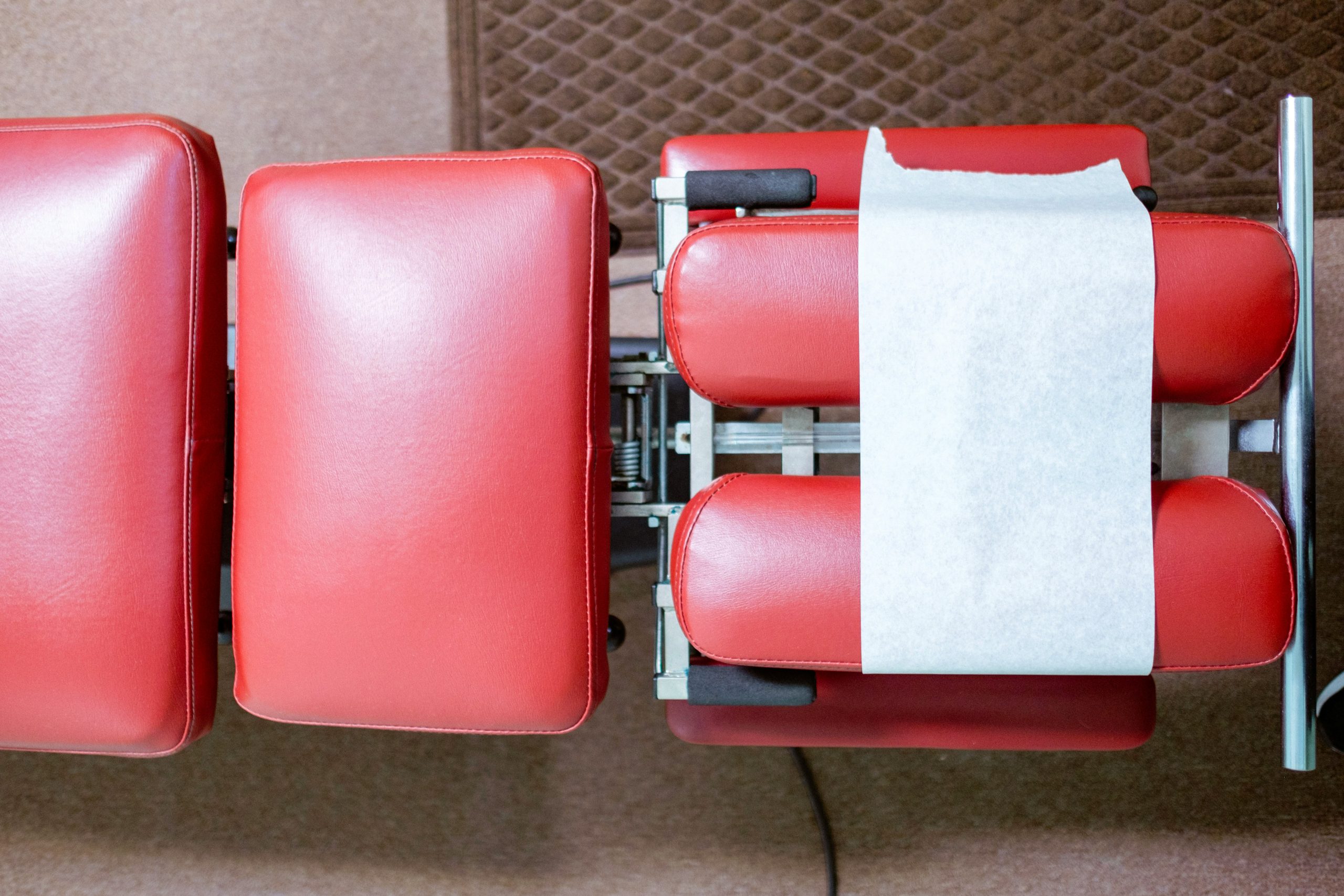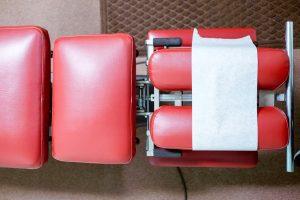
 If you’ve had an adjustment in Eden Prairie, MN, you might try to adjust yourself at home. It all depends on the type of chiropractic technique used. Some chiropractors take X-rays to isolate a general area and then use a quick twist-and-pop technique. If you’re duplicating chiropractic twists learned from YouTube videos, you don’t even have the benefit of X-rays. One type of chiropractic is called the Gonstead technique. You won’t be able to duplicate it on yourself at home.
If you’ve had an adjustment in Eden Prairie, MN, you might try to adjust yourself at home. It all depends on the type of chiropractic technique used. Some chiropractors take X-rays to isolate a general area and then use a quick twist-and-pop technique. If you’re duplicating chiropractic twists learned from YouTube videos, you don’t even have the benefit of X-rays. One type of chiropractic is called the Gonstead technique. You won’t be able to duplicate it on yourself at home.
What’s wrong with following YouTube videos to adjust my back?
Your back may feel out of place, but are you sure it is? Even if you’re sure it’s the problem, do you know the location of the misalignment? The spine is like the foundation of a house. It holds up the body. If it’s misaligned, it affects the structure in other areas. Unless you know the precise location of the misalignment, you may be causing additional problems or exacerbating the existing one. It could be like taking a sledgehammer to the foundation of a house to straighten it without knowing where the problem started.
You may think you can twist your back in the same position as the chiropractor did.
You may not be sure the pain you’re experiencing comes from the same area the chiropractor addressed. It may come from a different issue like muscle strain, sprain, whiplash, herniated disc, fracture, or other issue. Twisting your body in the wrong way in an attempt to do self-adjustment can make pain worse. You may hope to hear a popping sound and feel better, but it can cause injuries that affect you immediately or even later in life.
It’s all about the diagnosis and precision of the treatment.
There are some ways people frequently self-adjust without thinking. Stretching your body after sitting for a while, cracking your knuckles, and turning your head side-to-side can be considered self-adjustments because they produce a cracking or popping sound. It’s not the same as a chiropractic adjustment. Chiropractors use several therapies to realign the vertebrae, such as soft tissue manipulation, massage, and hand pressure in various forms. They’re all tied together in a treatment plan that gently nudges misalignments back into place.
- One problem with attempting to self-adjustment is the lack of understanding of the body mechanics. If you don’t know how something is supposed to work, how will you know how to correct an issue or if there is one?
- Frequent self-adjustments or cracking of the back can lead to other issues that are more severe such as nerve compression or a herniated disc.
- If you’re going to a chiropractor that follows the Gonstead school of chiropractic, you’ll get a more targeted approach to subluxation that’s difficult to perform on your own back even if you have the years of training the chiropractor has.
- The dangers of self-adjustment include damage to blood vessels, overstretching ligaments to cause instability, pinched nerves, increased risk of osteoarthritis, and severe injury to the muscles in the neck and back.
For more information, contact Zen Chiropractic today!
